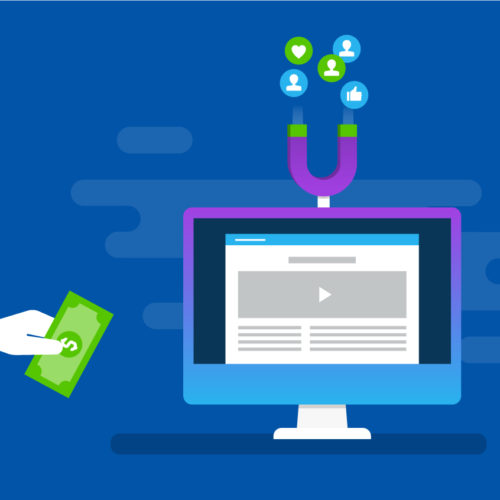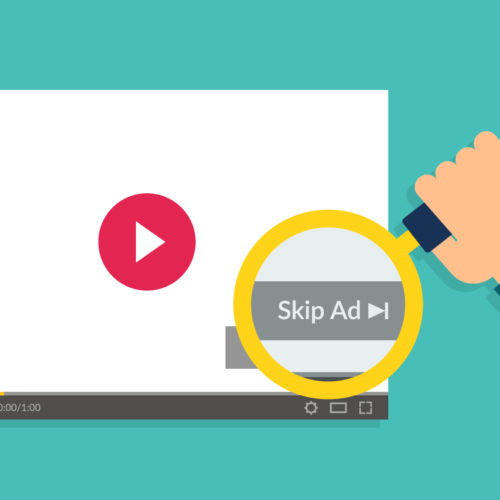7 Content Marketing Examples from Brands Killing It Online to Motivate & Inspire You
Content marketing is continually reaching new heights. The content marketing examples out there right now prove it. Storytelling, imagination, deep research, creativity, innovation… All of these elements and more are evident in today’s best content marketing. ? To see what I mean, just look at these seven stunning examples of content marketing prowess. It’s impossible to NOT get inspired by these top content publishers raising the bar to atmospheric heights. Ready to climb the mountain and check out the view from the top? ? 7 Inspirational B2C & B2B Content Marketing Examples Some of the best of the best in content marketing examples are right here. In fact, many of them were Content Marketing Awards finalists, and others won various industry accolades. If you ever need to answer the question “what is content marketing?”, point to one of these outstanding specimens. [bctt tweet=”We’ve been always exposed to brilliant content marketing ideas that leave us feeling we’ve seen it all — not really. Here are 7 stunning content marketing examples that should inspire you to level up your strategy skills! ?️ ?” username=”ExpWriters”] 1. San Diego Tourism Authority – Bliss Break This content marketing example from 2018 shows what you can do with a tiny bit of video and a lot of ingenuity. The San Diego Tourism Authority teamed up with MeringCarson to produce six 15-second clips of beautiful, classic, and surprising California scenery. Sometimes, a coffee cup or a wine glass is in the foreground of the shot, but each one is a peaceful, sweet reminder to appreciate what’s right in front of you. Of course, the biggest draw is showcasing San Diego scenery like a beach at sunset, a cheerful theme park, calming ocean surf, or iconic palm trees swaying in the breeze next to an ice skating rink. Some of the videos (like the one featured above, “Good Morning San Diego”) have up to 200,000 views. This campaign was a finalist in the Content Marketing Awards for the “B2C Branded Content Campaign of the Year.” 2. Cleveland Clinic – Health Essentials Blog If you haven’t heard of Cleveland Clinic yet, well… why haven’t you? This health center is killing it with content, mostly thanks to its content marketing team (with Amanda Todorovich, their Senior Director of Health Content, at the helm). Currently, Cleveland Clinic’s Health Essentials blog draws in 6-7 million inbound visitors every month. That’s over 200,000 visitors per day! They rank for millions of health-related long-tail keywords – over 3 million, to be precise. How do they do it? Their content strategy is meticulous. They have it down to a science. ?? They publish 3-5 blogs daily with help from over 40 medical experts, who contribute interviews and review each piece. The content marketing team meets up every single morning to “huddle” and ensure everyone’s on the same page. The writers are on-point, too: The content is snappy and grabs your interest – even if you’re not researching a health problem. To learn more about Cleveland Clinic’s strategy and content marketing team, check out our interview with Amanda Todorovich alongside three other industry experts. 3. Synchrony – State of Pay Synchrony recently launched its content marketing platform, State of Pay, in 2018, but it’s already garnering notice in the best way. Dedicated to exploring the ways people shop and pay for purchases, the content offers insights for businesses as well as news about the ecommerce world. Trends, interviews, original research, and thought leadership are all evident here. In fact, the #1 resource cited on State of Pay articles is original studies conducted by Synchrony itself. It’s not all blog articles, though. There are also videos, ebooks, and animated infographics posted on social media. Say bye to billfolds. #StateOfPay delves into the future of mobile wallets. pic.twitter.com/CjRWMIk9m8 — Synchrony (@synchrony) September 4, 2019 It’s all targeted, cohesive, and ultra-relevant for their audience. Marketers, in general, agree – Synchrony’s State of Pay was another 2019 Content Marketing Awards finalist for B2B Branded Content Campaign of the Year. 4. YouTube – #TheYouTubeAd of the Year Next on our list of the best content marketing examples from 2018 and 2019: a bit of crowdsourcing from YouTube. Every year, the media giant holds #TheYouTubeAd of the Year, a campaign that lets anyone vote for their favorite commercials from the past 12 months. Generally, YouTube keeps tabs on ad performance through their YouTube ads Leaderboard, which tracks the most-watched ads viewed on the platform. At the end of the year, YouTube chooses categories based on the trends from that year, then culls the list to dozens of finalists. Viewers vote on their favorites, and the winners are announced after 8 days of voting. This is a great example of giving content on YouTube a second life while also promoting viewership. People are motivated to watch the nominees and vote on their favorites, and more views is equal to more money from advertisers. Here’s the 2018 winner for the category “#TheYouTubeAd That Deserves Best Picture” (it has over 17 million views as of this writing): 5. Semcon – Add Perspectives Semcon, an international technology company, is all about innovation. With their content initiative, Add Perspectives, the company set out to feature women’s voices and minds and how they approach product development. The result was an all-women product development team assembled to come up with a new concept for smart, user-friendly tow bars for hooking up cars to trailers. Semcon documented the process. In other words, this content marketing example is unique and ah-mazing. When using the standard tow bar (which hasn’t been redesigned since the 1930s!), most women admitted to feeling insecure. They couldn’t hook up their cars and trailers themselves easily, which made them self-conscious. Thus, in pictures, text, and video, Semcon told the story of how a team of women tackled this flaw in product design and development. This impactful content piece is engaging as well as demonstrative of Semcon’s values as a company. In short, it’s a fantastic exercise … Read more









